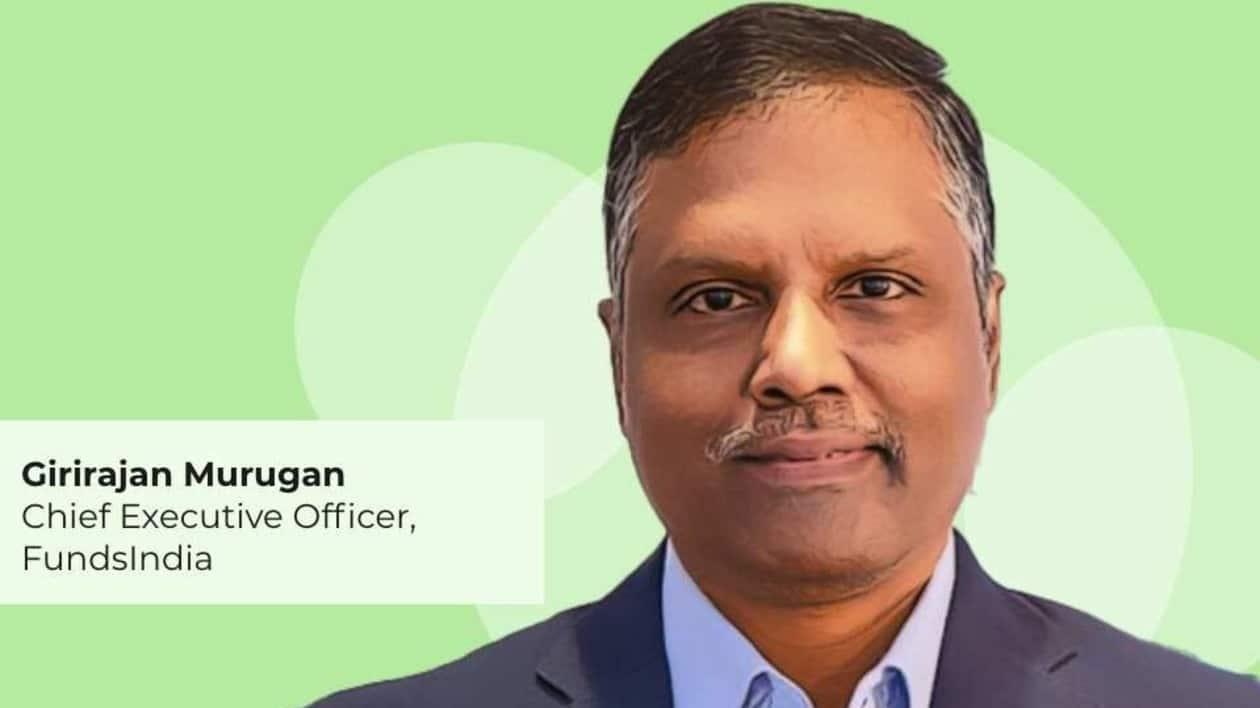A lot is happening in the market right now. Inflation, off and on interest rate hikes, and the risk of recession have unleashed havoc on the stock markets. This time, volatility in the market has played on the investors’ nerves for a longer time than anticipated. Girirajan Murugan, Chief Executive Officer, FundsIndia explains how the much-needed push from the government coupled with corporate CAPEX will propel the growth of the Indian market in the long run.
Edited Excerpts:
Q. There are so many worries for investors now. Rate hikes are happening everywhere, there is a looming risk of a recession and inflation appears to have refused to cool off. In such an environment, what can be an ideal investment strategy?
There has always been a reason to not invest in equity markets. If we only look at the last several years, we have had Demonization, NBFC crisis, Brexit, US-China trade war, multiple waves of the Covid-19 pandemic, India-China tensions, Russia-Ukraine Conflict, high inflation, Quantitative Tightening, Fed increasing rates etc. Equity markets went through phases of volatility when these events played out. But despite all this, the Nifty 50 TRI has given annualized returns of ~12 per cent in the past five years.
The bottom line is that temporary falls are a part and parcel of equity markets and in the long-term equity market returns tend to mirror earnings growth. So, investors with a long enough timeframe do not have to fear such declines.
We believe India’s long-term structural growth continues to be intact. Corporates have been deleveraging over the last decade and the balance sheets are strong. Banks are well-prepared for the next lending cycle, and credit growth has also started to pick up. There is also a big CAPEX push from the government and early signs of corporate CAPEX. These augur well for growth in corporate earnings. The Indian market valuations have also come down to long-term average levels post the recent correction.
Therefore, investors can stick to their asset allocation and invest for the long term. Those who are waiting to invest lump sums can invest 50 percent immediately and stagger the remaining 50 percent over the next three months.
Q. In the current market situation, investors look worried regarding the performance of mid and small-cap funds. What is your outlook for such funds for the medium term?
The mid and small-cap segment usually does well in an economic upcycle. The valuations have also corrected and are close to long-term averages. However, there can be relatively higher volatility in the category. Investors need to have a high-risk appetite and a greater than five-year time horizon.
Q. Balanced funds have comparatively low volatility. The rising interest rates underscore the value of the debt component. Do you think this is the right time to focus more on these funds to avail quick returns in the coming year?
Having some allocation to debt is always important, as it provides protection during phases of market volatility. However, it is not ideal to invest in hybrid funds with a mindset of making quick returns within a short span of time. We continue to be in a rising yield environment. Given the near-term concerns regarding geopolitical uncertainty, high inflation and central bank rate hikes, the volatility in debt returns may continue for the next three to six months. Therefore, it is preferable to have at least a three-year time frame when investing in balanced funds.
Q. At this stage of the market, which themes or sectors are you bullish on?
We do not prefer sector and thematic funds for an average investor as they carry higher risk when compared to other diversified equity funds. While there is a potential for higher returns, sector funds need to be timed correctly both in terms of entry and exit. If the timing goes wrong, then these funds end up with dismal returns. Investors will also have to ensure that the valuations haven’t already priced in the theme/sector’s potential.
Given this, sector and thematic funds can be avoided as part of an investor’s core portfolio.
Q. There is fear of imminent and prolonged recession. What adjustments do you think investors must make in their investment portfolios to survive the possible downturns in the market?
Since it is difficult to predict a market fall, it is always better to be prepared for market crashes with a ‘Crisis Plan’. This can be put into action as below:
Pre-decide a portion of your debt allocation (say Y) to be deployed into equities if in case the market corrects further -
- If the Equity market is 20% off its peak levels – Move 20% of Y into equities
- If the Equity market is 30% off its peak levels – Move 30% of Y into equities
- If the Equity market is 40% off its peak levels – Move 40% of Y into equities
- If the Equity market is 50% off its peak levels – Move the remaining portion from Y into equities.
Disclaimer: The views and recommendations made above are those of the analysts and not of MintGenie.
